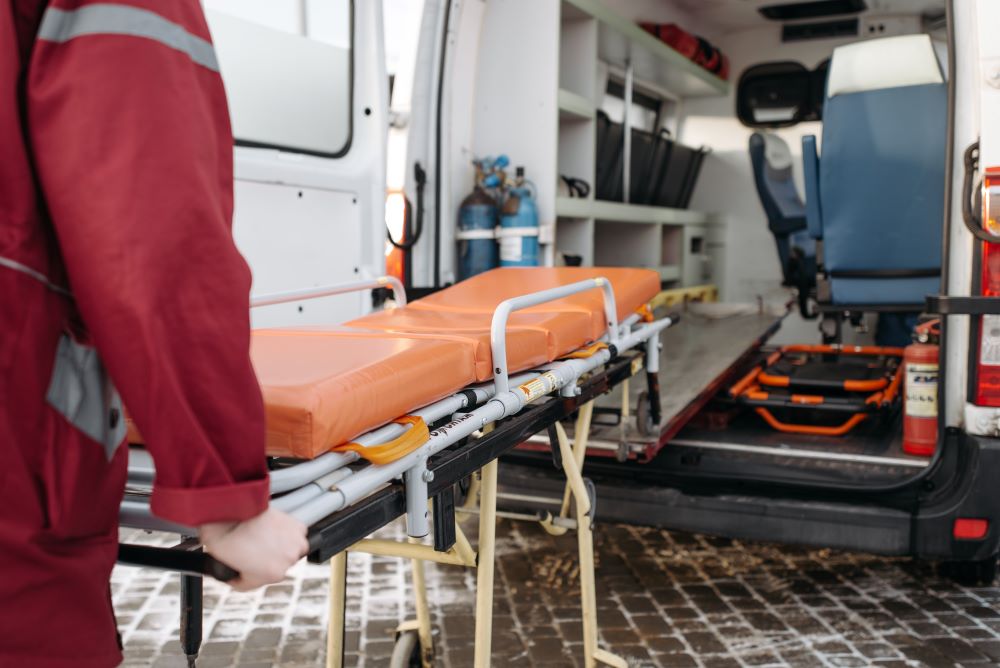People in rural areas often can’t count on help arriving in time.
For most people, going through day-to-day life doesn’t involve using an ambulance. In fact, it’s unlikely that most people even know where an ambulance would come from if they called for one, or how long it would take that ambulance to arrive at their home. Of course, this can all change in a blink when an emergency takes place and responders are needed as quickly as possible. In many parts of the country, the ambulance will be close by, and the response will be swift. That’s not the case everywhere, however. For some people – those living in a so-called ambulance deserts, it might take far longer to get help, and that delay could prove to be deadly.
For those living in big cities, or even in the suburbs surrounding them, ambulance deserts are not an issue. There will be ambulance services nearby, and most likely, they’ll show up within minutes when called. There will also likely be hospitals close to home, meaning once help arrives quickly, individuals can also receive emergency services quickly. This is the kind of service that can save lives, and even when the situation isn’t that serious, getting prompt help can minimize the damage that is done by whatever the health issue in question may be.

That’s not the case in rural America. In some places, the closest ambulance to residential properties might be 30 miles away or more, meaning it’s going to take a long time to get help – time that might not be available in an emergency situation. This problem has gotten worse in recent years as a result of more and more rural hospitals being forced to close down due to rising costs and sinking revenues. Without hospitals as evenly distributed throughout the rural areas, it’s gotten even farther between medical facilities, and wait times for ambulances to arrive have gotten even worse.
A study was done to count how many people across the U.S. are living in an area considered an ambulance desert. For the purposes of this study, a “desert” was considered to be any place where it would take more than 25 minutes for an ambulance to arrive in most cases. The data to perform this study was only available in 41 of the 50 states, but even at that, there were 4.5 million people in these desert areas. A disproportionate number of these people are in the south, with large numbers in states like North Carolina and Alabama.
Ambulance deserts are one of those situations where awareness is critical. The more people that know about this problem, the more pressure can be put on those in charge to do something about it. People aren’t going to be moving out of these rural areas just to be closer to an ambulance, so systems need to be put in place to speed up response times and make sure all citizens have access to the emergency care they need and deserve.
Sources:
Life in a Rural ‘Ambulance Desert’ Means Sometimes Help Isn’t on the Way
Ambulance Deserts: Addressing Geographic Disparities in the Provision of Ambulance Services


Join the conversation!